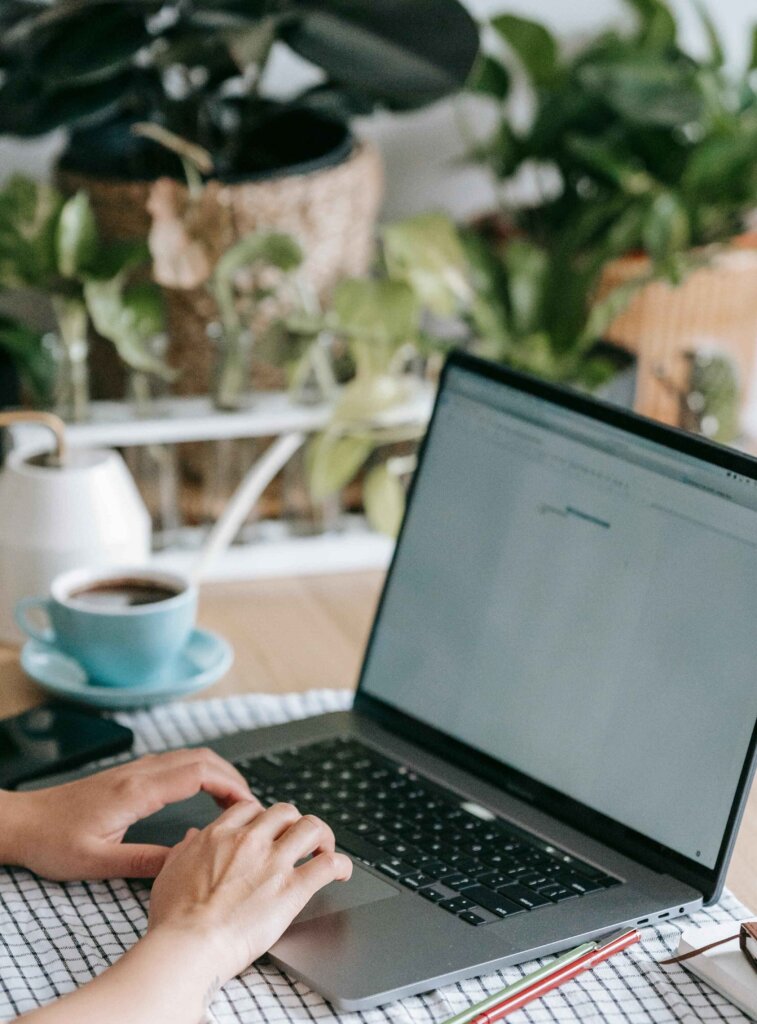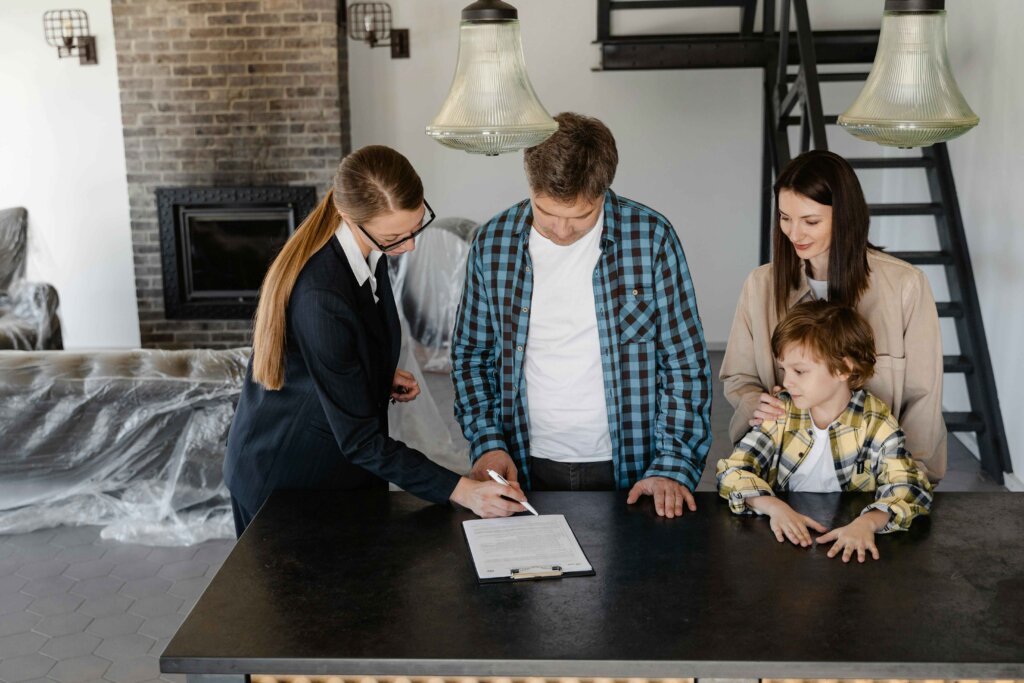
Renting your first place in Austin can feel overwhelming, but it doesn’t have to be. Austin’s vibrant culture and rapid growth make it an exciting place to call home. The city’s unique rental market, with its mix of historic homes and modern apartments, requires a bit of savvy to navigate. Whether you’re moving here for its tech industry, music scene, or just the great weather, being prepared is essential. In this post, you’ll learn valuable tips to make your first renting experience in Austin smooth and stress-free. From understanding the lease process to finding the right neighborhood, these insights will help you settle in with confidence.
Understanding Austin’s Rental Market
Renting in Austin can be quite the adventure. The city continues to grow, and the rental market is bustling with options. To help you find the perfect place, it’s important to understand the current trends and what to expect.
Average Rent Prices in Austin
Rent prices in Austin can vary quite a bit depending on the type and location of the property. Here’s a breakdown:
- Apartments: The average rent varies based on factors such as location and amenities, but in general, for an apartment in Austin ranges from $1,255 for a studio to $1,816 for larger units.
- Houses: Renting a house typically costs around $2,295 per month, again depending on a variety of factors including location, square footage, bedrooms, fenced yards, HOA fees and other considerations.
The further you move from central Austin, the cheaper the rent will get. Neighborhoods like South Congress and The Domain have higher rents due to their proximity to downtown and amenities. Moving outward to areas like North Loop or East Austin generally lowers rental costs.
Pro Tip: Work with an apartment locator if you’re moving within two weeks. Many apartment complexes offer up to 10 weeks free rent for quick move-ins, and a locator can help find these deals.
Popular Neighborhoods for Renters
Austin boasts a variety of neighborhoods each with its own unique vibe. Here are some popular choices:
- Downtown: Urban living with high-end apartments, perfect for those who enjoy being in the middle of all the city has to offer.
- The Domain: A city within a city, with shopping, dining, and luxury apartments.
- South Congress (SoCo): Known for its eclectic shops, music venues, and vibrant nightlife.
- South Lamar (SoLa): Offers a mix of apartments and houses, known for its trendy cafes and bars.
- Burnet Road: Offers a blend of old and new Austin, with unique local shops.
- North Loop: A quirky neighborhood with a mix of vintage shops and residential streets.
- Mueller: A planned community with parks, shopping, and modern housing options.
- Rainey Street: Famous for its bungalow-style bars and close proximity to downtown.
- East Austin: Known for its artistic vibe and historical roots.
Each neighborhood has its own charm, so exploring a bit can help you find the best fit.
Rental Demand and Availability
Austin’s rental market is competitive. The city is growing quickly, and demand is high, making it sometimes challenging to find the perfect place.
- New buildings are constantly popping up, offering “lease-up” specials. This means they often provide substantial move-in discounts to attract renters. Keep an eye on these new constructions to snag the best deals.
- Reviewing new buildings that are leasing up can be a great way to secure the best pricing and move-in specials.
Knowing the current market trends and being proactive can make your rental search successful. Happy hunting!
For more detailed information on rental trends in Austin, you can visit RentCafe and Zillow. They offer comprehensive data and analysis to help you make an informed decision.
Preparing to Rent
Renting for the first time in Austin, Texas can be a thrilling experience, but it’s important to be prepared. Many first-time renters may not know where to begin. Here’s a comprehensive guide to getting started on the right foot.

Setting a Budget
Creating a realistic budget is crucial. Before you even start looking at apartments, you need to understand what you can afford. Consider not only the monthly rent but also other associated costs:
- Utilities (water, gas, electricity)
- Internet and Cable
- Parking Fees
- Approval with Conditions: While a traditional deposit in Austin might only be $150-$350 depending on whether it’s a 1-bedroom or 3-bedroom apartment, you may be required to pay an additional one month’s rent as a security deposit if you don’t meet the apartment community’s credit or income requirements. So, when you do the math, and if you’re moving at the beginning of the month, you might be expected to pay the application fee ($50-$75), security deposit ($150-$350), first month’s rent ($1,500 as an example), plus an additional $1,500 if you are approved with conditions. That total cash outlay just to get into a place is equal to or greater than $3,200!
Most communities in Austin require a combined household gross income that’s three times the monthly rent. This calculation often includes verifying income through:
- W2 paystubs
- Employment offer letters
- Bank statements
- Tax returns
For example, if the rent is $1,500, your combined household income should be at least $4,500 monthly before taxes. Planning your budget this way ensures you won’t be stretching your finances too thin.
Gathering Necessary Documents
Having your documents ready can save you time and prevent last-minute scrambling. Most rental communities need:
- Proof of income
- References (personal and professional)
- Identification (driver’s license, passport)
Each community may have different requirements. To prevent declination and losing application fees, it’s wise to work with an apartment locator who knows the specifics of each community. They can guide you in gathering the needed documents and meeting the standards for various properties before you put down an application fee. If you are declined after paying the application fee, you lose this fee. Being declined multiple times can really add up to a big hit on your pocketbook.
Understanding Your Credit Score
A good credit score can significantly impact your renting experience. Most Austin communities require a minimum credit score of 550, while others may ask for 600. If your credit score doesn’t meet these requirements, some communities might still approve your application but with conditions. This often means:
- An additional one-month refundable deposit
- A non-refundable small monthly fee (like $13 or $21)
Here’s how you can check and improve your credit score:
- Check Your Score: Use free resources like Credit Karma to check your credit score.
- Correct Errors: Dispute any errors that may be dragging your score down.
- Pay Down Debt: Clear outstanding debts if possible.
- Build Credit: Use a secured credit card to build or improve your score.
Understanding and managing your credit score can make renting a lot smoother and less stressful. For additional insights, you can visit The Renter’s Guide to Austin.
Preparing these elements ahead of time will put you in a strong position when you begin your search for a rental in Austin. Happy hunting!
Finding the Right Place
Starting your journey to find the perfect rental in Austin can be both exciting and overwhelming. With the city’s rapid growth, knowing where to look and how to get the best deals is crucial. Here’s a guide to help streamline your search and secure that ideal spot.
Using Online Rental Platforms
When it comes to finding rentals, the internet is your best friend. Several popular online platforms can help you browse and compare different properties without leaving your home.
- Zillow: A comprehensive real estate site that lists numerous apartments and houses for rent. It offers detailed information on each property, including photos, pricing, and neighborhood insights.
- Craigslist: A classic choice for apartment hunting. It’s great for finding unique listings and direct deals with landlords.
- Facebook Marketplace: An excellent platform for local listings. You can often find rooms for rent or subleases here.
- AustinApartmentLocators.com: A local site with area experts like Ross Quade that specializes in connecting renters with available properties in Austin that meet their specific needs. Here, you can work directly with a licensed apartment locator who can help you find the right neighborhood, with the amenities you desire, at a price you can afford.
Working with a Real Estate Agent
Enlisting the help of a real estate agent can take a lot of the hassle out of finding a rental. Here’s why it’s a fantastic option:
- Expertise: Licensed real estate agents have in-depth knowledge of the local market. They can find properties that match your preferences and budget.
- Time-Saving: Agents do the heavy lifting for you – from searching for properties to setting up tours.
- No Cost to You: In Texas, real estate agents are typically compensated by the apartment communities from their marketing budgets. This means you get their expert service at no out-of-pocket cost.
- 100% Free: That’s right; you have access to the expertise and area knowledge of an agent absolutely free.
Real estate agents can be a game-changer, especially if you’re new to Austin and need guidance on which neighborhoods might suit your lifestyle best.
Touring Potential Rentals
Taking the time to tour potential rentals is crucial. Here’s how to make the most out of your tours:

What to Look For:
- Condition of Property: Check for any damages or maintenance issues.
- Noise Levels: Visit during different times of the day to gauge noise levels.
- Stairs or Elevator: Some communities don’t have elevators. Are you OK going up a few flights of stairs?
- East or West Sun: It sure can get hot with those West facing windows – especially in the afternoon!
- Parking: Garage, Car-Port or Parking Lot: Does it matter if hail is coming for your car?
- Safety Features: Look for secure locks, functional smoke detectors, and well-lit common areas.
Questions to Ask:
- What utilities are included?
- How is maintenance handled?
- What do I do in an emergency if I have a water leak/fire?
- Are pets allowed?
- How long can a guest legally stay in my unit?
- How many days notice must I give before I move-out?
- How much is it to repair those small nail holes I made to hang pictures?
- Do I need renters insurance? If So, how much in liability insurance?
- Do you have any junk fees?
- If my car breaks down, how long can I leave it in the parking lot in the same spot?
Virtual Tours: If you’re unable to visit in person, many apartment locators can arrange virtual tours over Google Meet or Zoom. This way, you can get a feel for the community even if you’re out of town. Additionally, review the property’s website for pre-recorded videos and photo galleries.
Touring gives you a tangible sense of whether a place feels right. It’s worth the effort to ensure it suits your needs and lifestyle.
With these tips and tools, finding your first rental in Austin can be a seamless and rewarding experience.
Navigating the Lease Agreement
Understanding your lease agreement is crucial when renting in Austin. A lease is a legal contract that outlines the terms and conditions of your rental. Here’s a breakdown of what you need to know.
Understanding Lease Terms
Navigating lease terms can sometimes feel like deciphering a foreign language. Here are some common terms you’ll encounter and what they mean:
- Rent due date: The date each month by which rent must be paid.
- Security deposit: A refundable deposit held by the landlord to cover potential damages or unpaid rent.
- Lease term: The length of the lease, typically 12 months, but it can be shorter or longer.
- Termination clause: Conditions under which the lease can be broken before its end date.
- Renewal options: Terms for extending the lease once the initial period ends.
- Move-in specials: Promotions offered to new tenants, often requiring a minimum lease length (usually 12 months, sometimes up to 14 months).
Tip: Leases shorter than 7 months often have rental rates that are 15-35% higher. It’s wise to consider longer-term leases to take advantage of better financial deals. Additionally, consider extending your lease for a longer term up to 15 months so that it ends after school starts. Rents tend to be a cheaper in the Fall/Winter months.
Knowing Your Rights and Responsibilities
As a tenant in Austin, it’s essential to know your rights and responsibilities to avoid any conflicts with your landlord.
Maintenance and Repairs
- Landlord responsibilities: Keep the rental property in good repair and ensure it is habitable.
- Tenant responsibilities: Notify the landlord of any needed repairs and maintain cleanliness.
Rent Payment Obligations
- On-time payments: Pay your rent on the agreed-upon date each month.
- Late fees: Understand the penalties for late payments.
Texas Tenant Rights
Texas is known for being landlord-friendly, meaning that laws often favor property owners. As a tenant, you still have rights, but it’s crucial to read your lease in full before signing.
- Fill out a property condition form: Upon moving in, document the property’s condition. Typically, you have 3-5 days to complete this form.
- Read the lease entirely: Ensure you understand every clause and term.
For more detailed information about tenant rights in Texas, check out Austin Tenants Council.
Reading and understanding your lease agreement can save you from future headaches. Always ask questions if something is unclear, and don’t be afraid to negotiate terms that work better for you.
Settling Into Your New Home
Moving into your first rental in Austin, Texas, is an exciting milestone. But once you’ve secured your new place, there are a few things you should do to make it truly feel like home. Here’s how to get started.

Setting Up Utilities and Internet
One of the first tasks after moving in is setting up your utilities and internet. Here’s a simple guide to help you get connected in your new Austin home.
- Electricity: Contact Austin Energy to set up your electricity. You can do this online or by phone.
- Water: Most apartment communities in Austin are sub-metered for water, meaning you’ll only pay for what you use. This is typically billed through the City of Austin.
- Gas: Although most ovens in apartments are electric, you might need gas for your water heater. Texas Gas Service can help you set this up.
- Internet: Check with your apartment community to see if they offer internet as part of an amenity fee. Sometimes, this fee also includes cable TV, which you cannot opt-out of but the communities we often see including the fee are Northland and AMP which has most of the communities with the namne “Bridge” included in the name of their properties.
Pro Tip: If your apartment offers Valet Trash service, expect to pay around $30-$35 for this convenience, which is usually billed directly to you by the community. Unfortuantely, if you don’t use it you can’t remove it.
For more detailed instructions and steps, visit the City of Austin utilities webpage or Texas Gas Service.
Decorating and Personalizing Your Space
Making your rental feel like home is important, but you need to do it without violating your lease terms. Here are some renter-friendly decorating tips:
- Use Removable Hooks: Command hooks by 3M are perfect for hanging pictures and decorations without damaging the walls.
- Renter-Friendly Decor: Consider peel-and-stick wallpaper or decals to add some personality without permanent changes.
Most communities allow you to hang photos but require you to fill and paint any holes when you move out. Make sure to get the exact paint match from your apartment management to avoid charges because it’s expensive! The last time we toured a leasing agent confirmed they don’t just charge for the spot touchup, they have to do the entire wall which averages around $150-$200 per wall for new paint – yikes!
Tip: Keep a small container of the matching paint for touch-ups to save on potential per-square-foot charges when you move out and try to blend it as best as possible. You might even try using a scotchbrite pad to dull the paint so it’s not as shiny and matches the older paint on the wall.
Getting to Know Your Neighborhood
Exploring your new surroundings can make you feel at home faster. Austin is full of local amenities, parks, restaurants, and community events even when it’s not ACL or SXSW. Here’s how to get started:
- Parks and Recreation: Enjoy a stroll or a bike ride at one of Austin’s many beautiful parks, like Zilker Park, Lady Bird Lake, and Barton Creek Greenbelt.
- Local Eats: Discover unique restaurants and cafes in your area. South Congress and East Austin are known for their vibrant food scenes.
- Community Events: Join local events or farmer’s markets like the one in Mueller to meet new people and become a part of the community.
To stay updated on new business openings and community events, check out Community Impact Austin or Thrillist Austin for new businesses and restaurants opening up around town.
By taking these steps, you’ll be well on your way to feeling settled in your new Austin home. Enjoy the journey of making it truly yours!
Understanding the City’s Rental Landscape
Renting for the first time in Austin can be an exciting yet nerve-wracking experience. With the right preparation, you can navigate the process smoothly. Becoming familiar with the city’s neighborhoods, budgeting wisely, and gathering necessary documents are key steps to your success in securing a place that makes you feel at home in your new city.
It’s natural to feel overwhelmed, but remember, being well-prepared and informed can make the entire experience less daunting and more enjoyable. Happy renting in the vibrant city of Austin!

